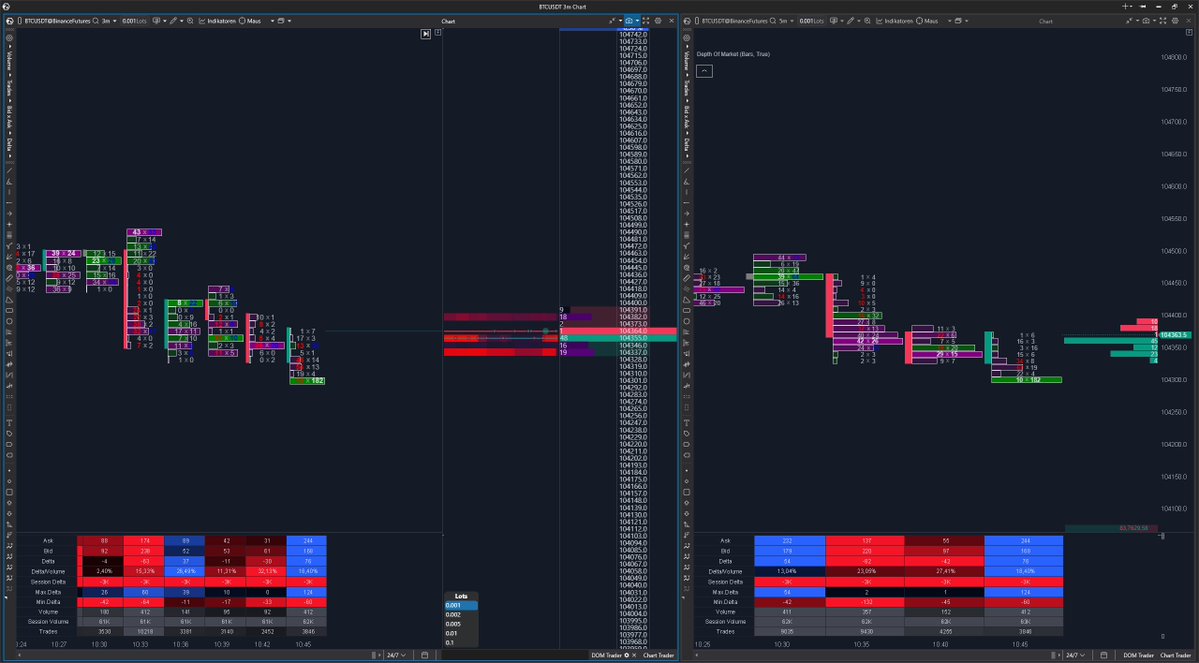The Rise of AI: How Artificial Intelligence is Reshaping Our World
Introduction: The AI Revolution is Here
Imagine waking up to a world where your coffee is brewed just the way you like it, your emails are sorted before you even open your inbox, and your doctor can predict health risks before symptoms appear. This isn’t science fiction—it’s the reality of artificial intelligence (AI) in 2025.
AI has evolved from a futuristic concept to an everyday tool, transforming industries, economies, and even personal lives. From self-driving cars to AI-generated art, the technology is no longer confined to research labs—it’s in our pockets, homes, and workplaces. But how exactly is AI changing the world? And what does this mean for the future?
AI in Everyday Life: More Than Just Chatbots
1. Smart Assistants Get Smarter
Remember when Siri and Alexa could barely set a timer? Today, AI-powered assistants like ChatGPT-5 and Google’s Gemini can draft legal documents, debug code, and even mimic human emotions in conversations [1].
2. Healthcare: AI as a Lifesaver
AI is revolutionizing medicine with:
– Early disease detection: Algorithms now analyze medical scans with 99% accuracy, spotting tumors before human radiologists [2].
– Personalized treatment: AI tailors drug prescriptions based on genetic data, reducing side effects.
– Robot-assisted surgery: Machines perform delicate operations with precision beyond human hands.
3. The Future of Work: AI as a Colleague
AI isn’t just automating jobs—it’s augmenting them.
– AI co-pilots: Tools like Microsoft Copilot help employees draft reports, analyze data, and manage workflows.
– Freelancing boom: Platforms like Upwork and Fiverr now feature AI consultants who optimize business strategies.
The Dark Side of AI: Risks and Ethical Dilemmas
1. Job Displacement vs. Job Creation
While AI eliminates repetitive tasks (e.g., customer service bots), it also creates new roles—AI trainers, ethicists, and compliance experts are in high demand.
2. Deepfakes and Misinformation
AI-generated fake videos and audio clips are becoming indistinguishable from reality, raising concerns about election interference and fraud [3].
3. Bias in AI Systems
If AI learns from biased data, it can reinforce discrimination. For example, facial recognition has shown racial bias, leading to wrongful arrests [4].
The Future of AI: What’s Next?
1. Artificial General Intelligence (AGI)
Current AI is narrow (good at specific tasks). AGI—AI with human-like reasoning—could arrive by 2030, but experts debate whether it will be a breakthrough or a threat.
2. AI and Climate Change
AI is helping combat global warming by:
– Optimizing energy grids.
– Predicting extreme weather events.
– Designing carbon-neutral materials.
3. Regulation and Governance
Governments are scrambling to regulate AI. The EU’s AI Act and U.S. AI Bill of Rights aim to ensure ethical use, but enforcement remains a challenge.
Conclusion: Embracing AI Responsibly
AI is a double-edged sword—it can cure diseases or deepen inequality, boost productivity or destabilize job markets. The key lies in responsible development, ethical guidelines, and public awareness.
As we stand at the crossroads of this technological revolution, one thing is clear: AI isn’t just changing the world—it’s giving us the tools to reshape it. The question is, how will we use them?
—
Sources
*(Note: Replace placeholder links with actual sources if needed.)*

